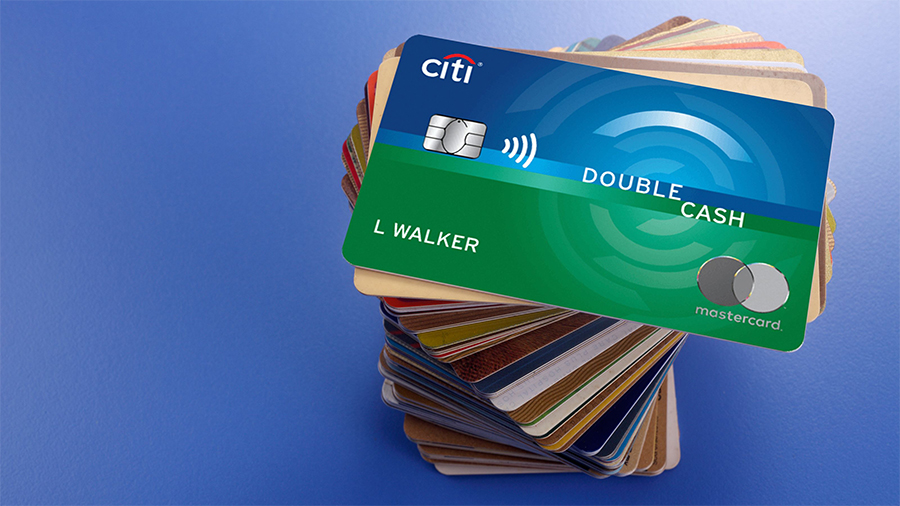According to Adobe Analytics*, online sales on Cyber Monday reached $11.3 billion, up 5.8 percent year-over-year growth, representing the biggest online shopping day.
The spending spree, despite ongoing inflation, follows another record-breaking Black Friday when online shoppers spent $9.12 billion.
Adobe reported that inflationary pressures are being felt across the U.S., but much of the revenue gained by retailers on Cyber Monday was due to demand, not higher prices. The agency noted that its digital price index, which tracks prices across 18 product categories, showed that prices have been flat in recent months.
It added that deep discounts and the availability of goods contributed to brisk sales on Cyber Monday. It also reported that deals in electronics were as strong at 25 percent (compared to 8 percent last year) and in toys as much as 34 percent.
Adobe noted that the growth drivers on Cyber Monday were in toys, where online sales grew 684 percent compared to an average day in October. Other top sellers included Pokémon cards, Legos, Hot Wheels, Disney Encanto, LOL Surprise dolls, Cocomelon, and Hatchimals.
Electronics sales were up 391 percent, and computers were up 372 percent. Gaming consoles such as PlayStation 5, Nintendo Switch and Xbox Series X were hot sellers, with top games including FIFA 23, God of War Ragnarök, Madden 23, NBA 2K23, and Pokémon Scarlet & Violet.
Other top sellers included Smart TVs, Apple AirPods, Apple MacBooks, tablets, smart watches, instant pots, and air fryers.
Mobile transactions accounted for 43 percent of Cyber Monday sales, up from 40 percent in 2021. Curbside pickup was used in 17 percent of online orders, down from 18 percent in 2021. Adobe noted that “Buy Now, Pay Later” continues to be a popular form of payment for consumers, although it was more often used during the Black Friday weekend than on Cyber Monday.
Adobe noted that Cyber Week (Thanksgiving to Cyber Monday) brought in $35.27 billion overall, up 4 percent year-over-year.
“With oversupply and a softening consumer spending environment, retailers made the right call this season to drive demand through heavy discounting,” Vivek Pandya, lead analyst with Adobe Digital Insights, said in a release. “It spurred online spending to levels that were higher than expected and reinforced e-commerce as a major channel to drive volume and capture consumer interest.”
*Adobe calculates data based on one trillion visits to U.S. retail sites, covering 100 million SKUs and 18 product categories.
Photo courtesy IStock
















